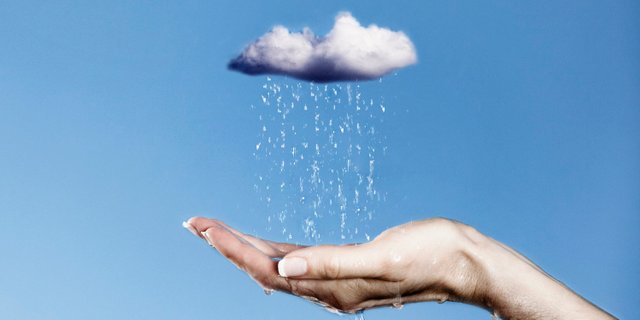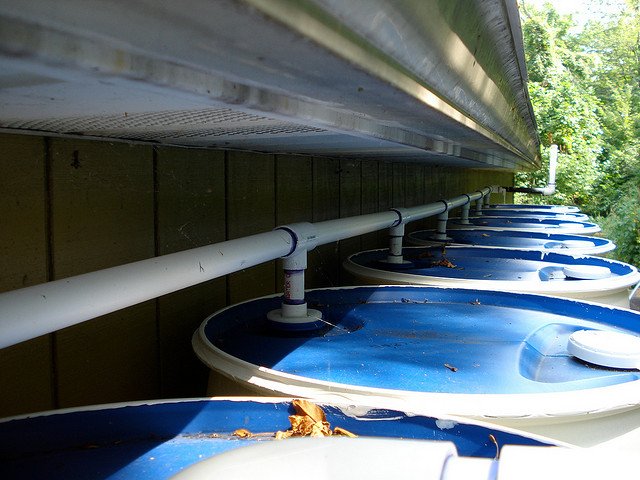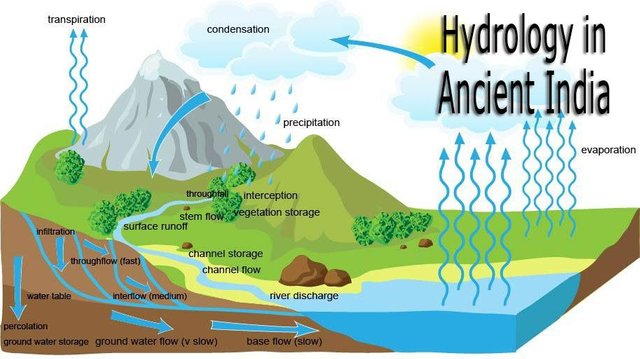Why We Need Rainwater Harvesting ?
What is water harvesting?
Water harvesting means capturing rain where it falls or capturing the run off in your own village or town. And taking measures to keep that water clean by not allowing polluting activities to take place in the catchment. Rain water harvesting is an innovative technique utilized to harvest rainwater from roofs and other above surfaces to be stored for later use. Rain harvested water can be used for garden and crop irrigation, watering livestock, laundry, and flushing toilets etc. In this case, rainwater presents the obvious choice because it is the easiest and quickest method to minimize water consumption. Most homeowners that have embraced this practice have reported a reduction of about 50% in water bills. On top of helping to reduce water bills, rainwater harvesting helps the environment a lot.
The collection of rainwater from the roofs of buildings can easily take place within our cities and towns, not just in rural Australia. All that is necessary to capture this water is to direct the flow of rainwater from roof gutters to a rainwater storage tank. By doing this, water can be collected and used for various uses. If you are reliant on collected rainwater and are not connected to a town’s water supply, then the water collected will be especially important to you. If you are from the city, then it is possible to replace all or at least a substantial portion of your fresh water requirements by the capture and storage of rainwater from your roof. Being largely self-sufficient in water supply is possible for a vast majority of Australian households and buildings.
Water harvesting can be undertaken through a variety of ways

• Capturing runoff from rooftops
• Capturing runoff from local catchments
• Capturing seasonal floodwaters from local streams
• Conserving water through watershed management
Reasons for rainwater harvesting: When
1-Rain water harvesting measures are essential when the ground water is brackish or has
a high Iron or Fluoride content.
2-Rain water harvesting measures should begin four months before the monsoon is to
arrive.
3-Concentrated water demand in urban areas for various purposes like household,
institutions (e.g. schools and colleges, hospitals, offices, markets and shopping malls),
factories, and even water parks
What are the Benefits in Rainwater Harvesting?

• By capturing water directly, we can significantly reduce our reliance on water storage dams. This places less stress on these dams and can potentially reduce the need to expand these dams or build new ones.
• Collecting and using your own water can also significantly reduce your water bills.
• By capturing water, the flow of storm water is also reduced and this minimizes the likelihood of overloading the storm water systems in our neigh bourhoods.
In 1992, American artist Michael Jones McKean created an artwork in Omaha, Nebraska, at the Bemis Center for Contemporary Art that created a fully sustainable rainbow in the Omaha skyline. The project collected thousands of gallons of rainwater, storing the water in six daisy-chained 12,000 gallons tanks.[34] The massive logistical undertaking, during its five-month span, was one of the largest urban rainwater harvesting sites in the American Midwest.
Advantages of Rainwater Harvesting
Easy to Maintain: Utilizing the rainwater harvesting system provides certain advantages to the community. First of all, harvesting rainwater allows us to better utilize an energy resource. It is important to do so since drinking water is not easily renewable and it helps in reducing wastage. Systems for the collection of rainwater are based on simple technology.
The overall cost of their installation and operation is much lesser than that of water purifying or pumping systems. Maintenance requires little time and energy. The result is the collection of water that can be used in substantial ways even without purification.Reducing Water Bills: Water collected in the rainwater harvesting system can be put to use for several non-drinking functions as well. For many families and small businesses, this leads to a large reduction in their utilities bill. On an industrial scale, harvesting rainwater can provide the needed amounts of water for many operations to take place smoothly without having to deplete the nearby water sources.
It also lessens the burden of soil erosion in a number of areas, allowing the land to thrive once again. In fact, it can also be stored in cisterns for use during times when water supplies are at an all time low.Suitable for Irrigation: As such, there is little requirement for building new infrastructure for the rainwater harvesting system. Most rooftops act as a workable catchment area, which can be linked to the harvesting system. This also lessens the impact on the environment by reducing use of fuel based machines.
Rainwater is free from many chemicals found in ground water, making it suitable for irrigation and watering gardens. In fact, storing large reservoirs of harvested water is a great idea for areas where forest fires and bush fires are common during summer months.Reduces Demand on Ground Water: With increase in population, the demand for water is also continuously increasing. The end result is that many residential colonies and industries are extracting ground water to fulfill their daily demands. This has led to depletion of ground water which has gone to significant low level in some areas where there is huge water scarcity.
Reduces Floods and Soil Erosion: During rainy season, rainwater is collected in large storage tanks which also helps in reducing floods in some low lying areas. Apart from this, it also helps in reducing soil erosion and contamination of surface water with pesticides and fertilizers from rainwater run-off which results in cleaner lakes and ponds.
Can be Used for Several Non-drinking Purposes: Rainwater when collected can be used for several non-drinking functions including flushing toilets, washing clothes, watering the garden, washing cars etc. It is unnecessary to use pure drinking water if all we need to use it for some other purpose rather than drinking.
The size of the area of capture or roof area must also be known when estimating the amount of rainfall that is able to be collected. The larger the roof area, the more rainfall that is able to be collected.In the United States, until 2009 in Colorado, water rights laws almost completely restricted rainwater harvesting; a property owner who captured rainwater was deemed to be stealing it from those who have rights to take water from the watershed. Now, residential well owners who meet certain criteria may obtain a permit to install a rooftop precipitation collection system Up to 10 large scale pilot studies may also be permitted The main factor in persuading the Colorado Legislature to change the law was a 2007 study that found that in an average year, 97% of the precipitation that fell in Douglas County, in the southern suburbs of Denver, never reached a stream—it was used by plants or evaporated on the ground. Rainwater catchment is mandatory for new dwellings in Santa Fe, New Mexico.Texas offers a sales tax exemption on the purchase of rainwater harvesting equipment. Both Texas and Ohio allow the practice even for potable purposes. Oklahoma passed the Water for 2060 Act in 2012, to promote pilot projects for rainwater and graywater use among other water-saving techniques.

In Beijing, some housing societies are now adding rainwater in their main water sources after proper treatment.
In Ireland, Professor Micheal Mcginley established a project to design a rainwater harvesting prototype in the bio systems design challenge module at University College Dublin
✅ @rajatarya, I gave you an upvote on your post! Please give me a follow and I will give you a follow in return and possible future votes!
Thank you in advance!
Hi! I am a robot. I just upvoted you! I found similar content that readers might be interested in:
https://www.conserve-energy-future.com/advantages_disadvantages_rainwater_harvesting.php
Proud of you of your post. You have a lot of positive think i believe. So some work do of social commentary. Thank i like your post.